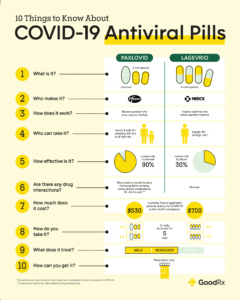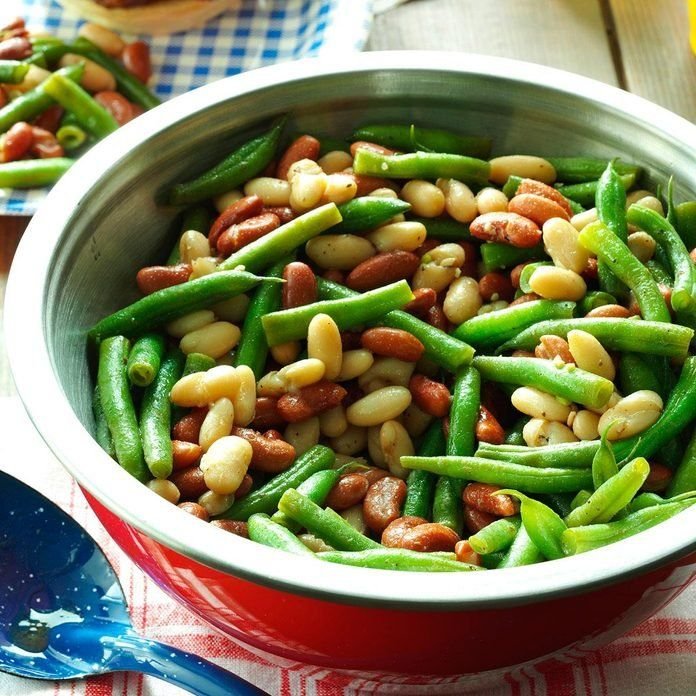Other Names for Gluten
Other Names for Gluten: Understanding Hidden Sources
Read Time: 10 mins
When following a gluten-free diet, it’s essential to scrutinize food labels closely to avoid gluten. While many people focus on wheat, other grains such as barley and rye also contain gluten. In addition to these, there are various other ingredients to watch for, including grains derived from wheat or containing wheat-like forms, such as spelt and farina. Be mindful of additives like colorings and flavorings that may also contain gluten.
Grains and Ingredients That May Contain Wheat or Gluten
It’s important to be aware that certain ingredients may contain gluten, even if they’re not immediately recognizable. Gluten can be found in foods labeled with Latin names for grains, which are used in place of their common English names. The following are commonly used Latin terms for gluten-containing grains:
-
Triticum vulgare (wheat)
-
Triticale (a hybrid of wheat and rye)
-
Hordeum vulgare (barley)
-
Secale cereale (rye)
-
Triticum spelta (spelt, a type of wheat)
Why Reading Food Labels is Crucial
For those adhering to a gluten-free lifestyle, understanding the “gluten-free” label is crucial. The FDA regulates this label, meaning it must contain fewer than 20 parts per million (ppm) of gluten. However, “gluten-free” does not guarantee a product is entirely free of gluten. Unlike allergens like peanuts or dairy, gluten is not always required to be listed on labels, which can make it challenging for those with severe gluten sensitivity to find safe products.
Gluten-Free and Its Medical Implications
Gluten can also be listed under medical or scientific terms on labels, which often use Latin. For example, wheat, barley, and rye may appear under their scientific names, and it’s essential to recognize these to avoid inadvertent gluten consumption.
Common Ingredients That Often Contain Gluten
The following ingredients almost always contain gluten:
-
Wheat protein/hydrolyzed wheat protein
-
Wheat flour (including bread flour, bleached flour)
-
Rye flour or rye bread
-
Barley (flakes, flour, pearl barley)
-
Bulgur (a form of wheat)
-
Matzo or matzo meal
-
Atta or chapati flour
-
Malt (malt extract, malt syrup, malt vinegar made from barley)
-
Couscous (made from wheat)
-
Farina (a hybrid of wheat and rye)
-
Seitan (made from wheat gluten)
-
Durum wheat (used in pasta)
Ingredients That May Potentially Contain Gluten
Some ingredients may contain hidden gluten, depending on their source. Be cautious and always check the label or consult the manufacturer if you are unsure:
-
Vegetable protein/hydrolyzed vegetable protein (may come from wheat)
-
Modified food starch (could come from wheat)
-
Artificial flavors (may be derived from barley)
-
Seasonings and flavorings (can contain wheat fillers)
-
Maltodextrin and dextrin (sometimes made from wheat)
-
Oat products (unless certified gluten-free)
Foods That May Contain Gluten
Certain foods are more likely to contain gluten than others. Always check the labels of the following:
-
Cereals (including oatmeal)
-
Granola bars and protein bars
-
Cookies, pastries, and baked goods
-
Crackers
-
Beer, ale, and lagers
-
Broths, soups, and sauces (including soy sauce)
-
Processed foods (chips, snack foods)
-
Processed meats (sausages, hot dogs)
-
Flavored drinks (including some coffee and tea)
-
Certain sweets (such as chocolates and licorice)
Gluten-Free Foods That Are Safe to Eat
Many whole foods are naturally gluten-free. These include:
-
Fruits and vegetables
-
Fish and shellfish
-
Eggs
-
Poultry
-
Dairy products
-
Rice and quinoa
-
Nuts and seeds
-
Gluten-free grains (like rice flour, almond flour, and coconut flour)
These foods are naturally safe to consume on a gluten-free diet, though it’s still important to check labels for potential cross-contamination.
Understanding Gluten-Free Certifications
To ensure a product is genuinely gluten-free, look for certifications from reputable organizations. In August 2013, the FDA introduced a regulation that requires products labeled “gluten-free” to contain fewer than 20 ppm of gluten. While this rule applies to packaged foods, it does not extend to meat, poultry, or alcoholic beverages.
Various organizations offer gluten-free certification, each with their own standards, including:
-
Gluten Intolerance Group (GIG)
-
Celiac Disease Foundation (CFA)
-
NSF International
-
Kosher Certification
-
USDA Organic
Key Takeaways for Managing Gluten Sensitivity
-
Always read labels, especially when buying processed or packaged foods.
-
Be cautious of cross-contamination when handling gluten-free and gluten-containing foods.
-
Understand the difference between products labeled “gluten-free” and those that may still contain traces of gluten.
-
Stick to whole, naturally gluten-free foods to minimize risk.






